CMS Proposes RPM Billing Code for FQHCs, Expanding Health Equity & Access to Remote Care
Clear Arch Health
NOVEMBER 8, 2023
CMS released its 2024 Medicare Physician Fee Schedule in November 2023, signaling that FQHCs, RHCs and CHCs will be able to bill Medicare separately for RPM, thereby promoting greater access to remote patient monitoring for beneficiaries in underserved communities.






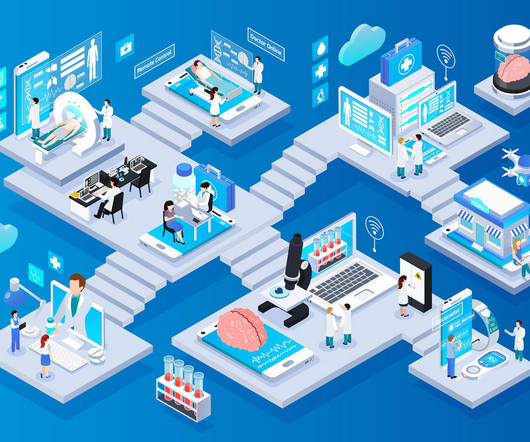
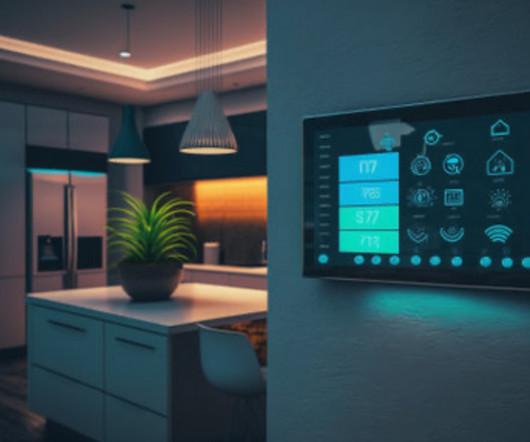


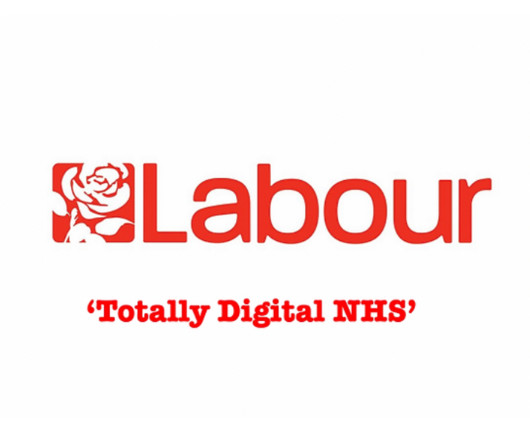



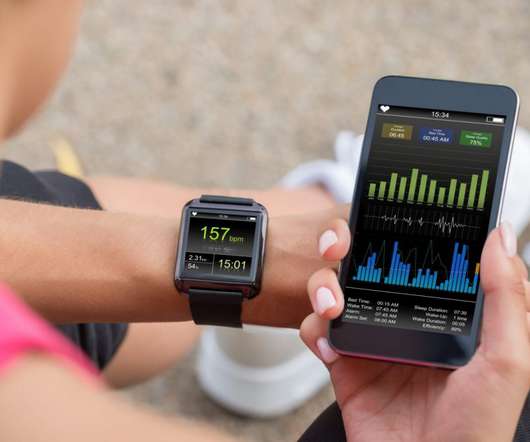
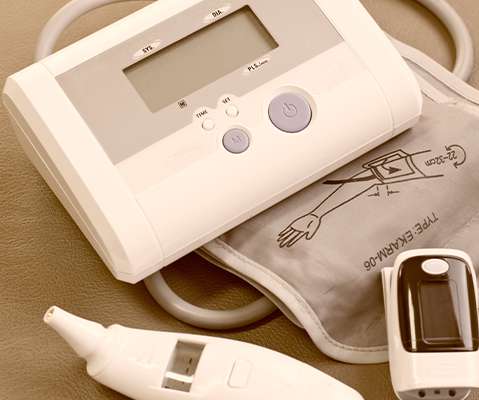







Let's personalize your content